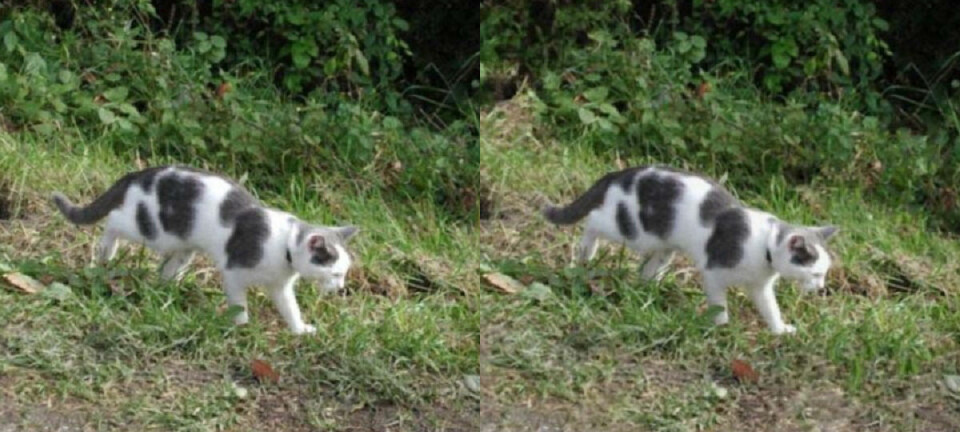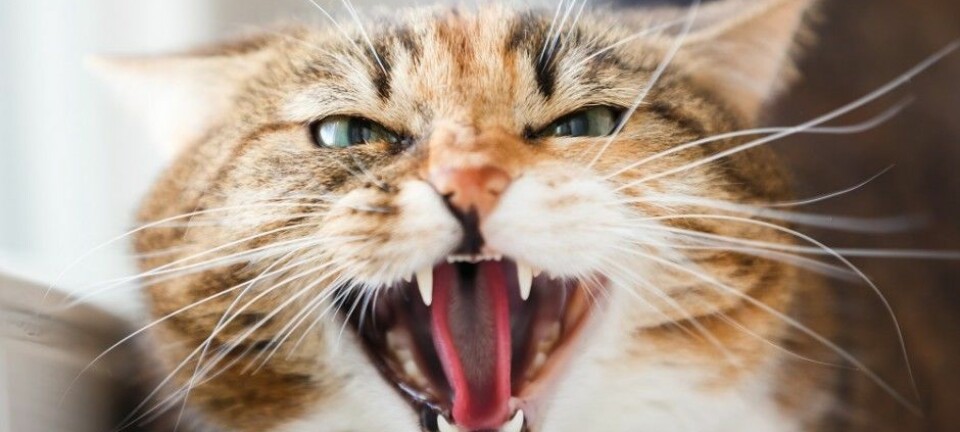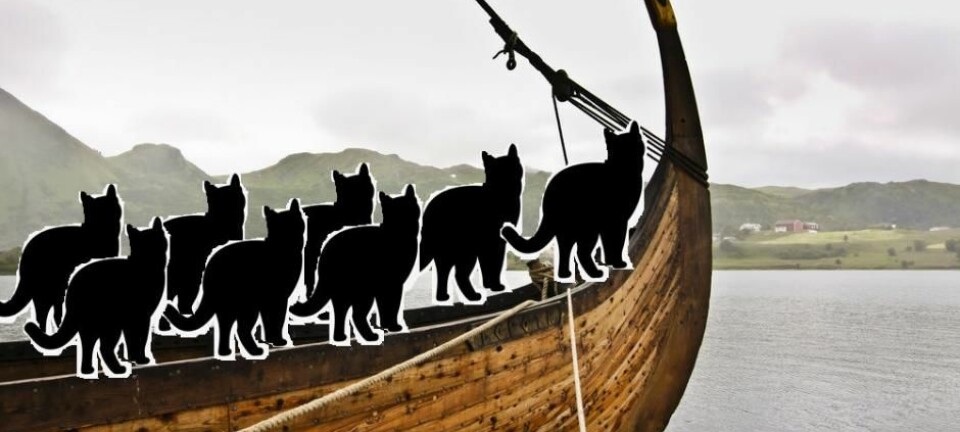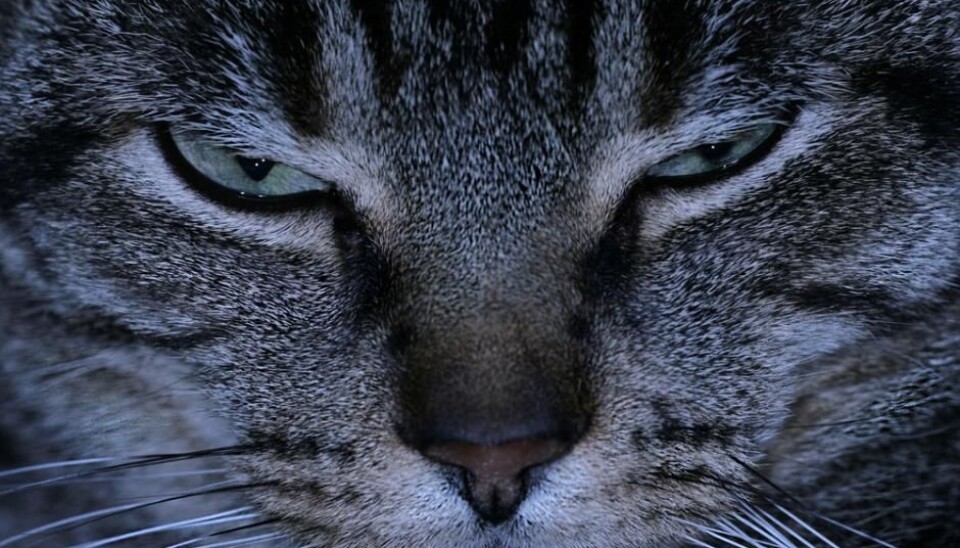
Scientist: Australia’s feral cats should be eradicated
Cats take food from native animals and cause havoc for the natural ecosystem in Australia.
Feral cats in Australia kill 316 million birds each year. For domestic cats, this figure is 61 million. Collectively, Australian cats are likely responsible for a drastic decline of many bird species.
But it is not only birds that should be worried about cats, say scientists.
Feral cats, which are considered a pest in Australia, also go after reptiles and pose a significant threat to native snakes, says Arne Redsted Rasmussen, associate professor at The School of Conservation, Denmark.
“Cats are direct competitors for snakes. They harm snakes by going after the same prey. So there’s a good reason to go out and eradicate feral cats,” he says.

Rasmussen has recently published a book along with two Australian colleagues, Australia's dangerous snakes.
Read More: Snake venoms’ deadly secret unlocked: study
Control cats, conserve snakes
Outside Australia, it might seem strange to want to eradicate cats in order to save snakes. But while cats certainly have the cuteness-factor, they are not native to Australia, says Rasmussen.
“Snakes have been there for a very long time. Cats are an invasive species, which arrived with people and are destroying populations of small native animals in Australia,” he says.
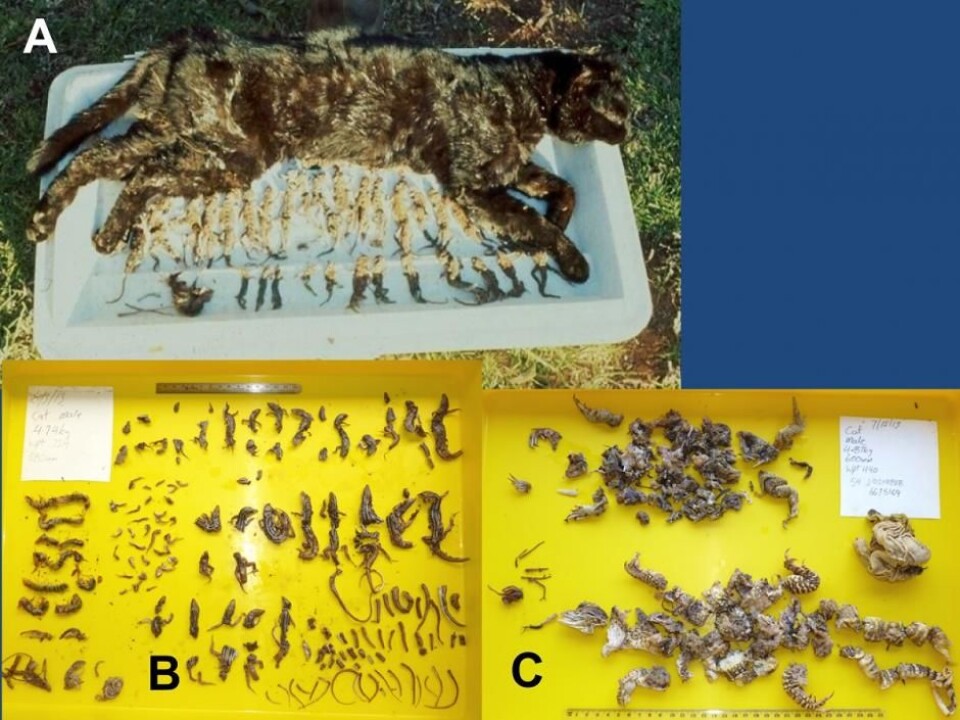
“If we want our children to be able to experience the nature, which has developed in a fine balance over millions of years, then we need to cull the species that threatens to destroy it.”
In their book, Rasmussen and colleagues describe how to deal with snakebites and how people can live alongside snakes without coming into conflict with them.
Read More: Snakebites still exact a high toll in Africa. A shortage of antivenoms is to blame
Culling program underway
Cats are a well-known problem for biodiversity in Australia. In 2015, the authorities classified feral cats as a pest and all states and territories agreed to cull millions of cats between then and 2020.
The former Minister for the Environment and Energy, Greg Hunt, estimated that as many as two million feral cats would be culled by 2017. He has referred to feral cats as “tsunamis of violence and death for Australia's native species,” in an interview with ABC. Whilst his intentions were good, it is unlikely that this figure has been anywhere near achieved.
Australian biodiversity is under pressure, with more than 1,700 species and entire ecosystems at risk, according to the Department of Environment and Energy. More than 50 species of mammals are critically endangered and feral cats have helped drive 27 native species extinct and threaten a further 120.
Read More: Can wild animals have mental illnesses?
Culling might not have the desired effect
Scientists have warned numerous times that Australia is headed towards regular extinction disasters, in large part due to invasive species like cats.
But previous research suggests that mass-culling programs may not have the desired effect. A 2015 study published in the journal Wildlife Research concluded that mass culls could in fact have the opposite effect: Culling probably removes the more dominant cats and allows the less dominant ones then have an influence.
“If culling is used to reduce cat impacts in open populations, it should be as part of a multi-faceted approach and may need to be strategic, systematic and on-going if it is to be effective,” wrote the scientists in the study.
Read More: Viking sailors took their cats with them
Snakes have an important role
One of the goals of the new book, “Australia’s Dangerous Snakes,” is to communicate why snakes have an important place in the natural environment, despite their limited popularity among most people, says Rasmussen.
Nine out of ten of the world’s most venomous snakes are found in Australia, including the most deadly land and sea snakes. But there is no reason to be afraid of them, says Rasmussen.
“Snakes are a really exciting species and they’re really important for nature—partly for vegetation and partly to keep other species in check. They help to create and maintain the unique surroundings of the Australian ecosystem,” he says, and adds that snakes are only dangerous if they feel threatened.
“Snakes only bite when they’re scared. And that only happens if you threaten them. Snakes can definitely get used to humans, and humans can get used to snakes,” he says.
---------------
Read more in the Danish article at Videnskab.dk
Translated by: Catherine Jex
Scientific links
- "Enumerating a continental-scale threat: How many feral cats are in Australia?", Biological Conservation (2017), DOI: 10.1016/j.biocon.2016.11.032
- "Effects of low-level culling of feral cats in open populations: a case study from the forests of southern Tasmania", Wildlife Research (2014), DOI: 10.1071/WR14030
